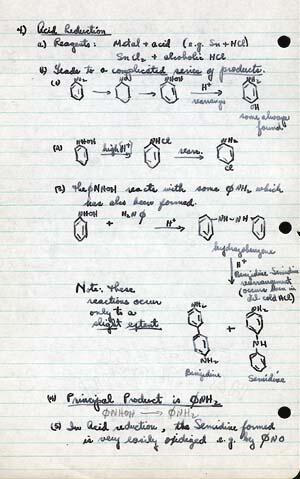Why Are There Still So Few Women in Science?
This weekend’s New York Times asked the question, “Why Are There Still So Few Women in Science?” The article begins:
Last summer, researchers at Yale published a study proving that physicists, chemists and biologists are likely to view a young male scientist more favorably than a woman with the same qualifications. Presented with identical summaries of the accomplishments of two imaginary applicants, professors at six major research institutions were significantly more willing to offer the man a job. If they did hire the woman, they set her salary, on average, nearly $4,000 lower than the man’s. Surprisingly, female scientists were as biased as their male counterparts.
The article paints a grim picture of the makeup of scientists in America. Of all physics PhD’s awarded in our country, only one-fifth are women. Only 14 percent of physics professors are women. A quick look at catalyst.org made it clear that the dearth of women in science is widespread—according to their report, women make up only 20.1% of all science and engineering managers. In the labor force, women make up 44.2% of chemists and materials scientists and only 25.6% of computer and mathematical occupations.
Eileen Pollack, a Jewess with attitude in her own right and author of the New York Times piece, shared:
The most powerful determinant of whether a woman goes on in science might be whether anyone encourages her to go on. My freshman year at Yale, I earned a 32 on my first physics midterm. My parents urged me to switch majors. All they wanted was that I be able to earn a living until I married a man who could support me, and physics seemed unlikely to accomplish either goal.
Reading these statistics and hearing Pollack’s story—which isn’t a unique one—makes me wonder about the importance of role models. There is no substitute for the teacher who makes a subject come alive and encourages a student—male or female—to pursue their passions. But the more we herald the ones who came before us, the easier it is to develop the confidence to take risks.
Which is why I want to tell you about Gertrude Elion. Gertrude Elion was a chemist born in 1918 who revolutionized drug research and development. In fact, along with her research partner Georg Hitchings, she developed the first chemotherapy for childhood leukemia, the immunosuppressant that made organ transplantation possible, the first effective anti-viral medication, and treatments for lupus, hepatitis, arthritis, gout, and other diseases. That’s not to say her career was easy—she faced monumental discrimination and fought against a field that wasn’t used to having women around. And while her accomplishments speak for themselves, the fact that she was awarded the Nobel Prize in Medicine demonstrates just how far she was able to go.
Being a woman in science isn’t an easy accomplishment. It’s a hard field to break into, and it’s a hard field to shine in. I reached out to a few of my friends who make their living through science, and they all agreed—this subject is tricky on so many levels. It’s hard to navigate, and the politics that get in the way end up being both external and internal. The article in the New York Times wasn’t a groundbreaking discovery—no one is shocked to hear that girls have it tough in the world of science. But it’s good to keep the conversation going—and to remind ourselves that we have shoulders like Gertrude Elion’s to stand on.







